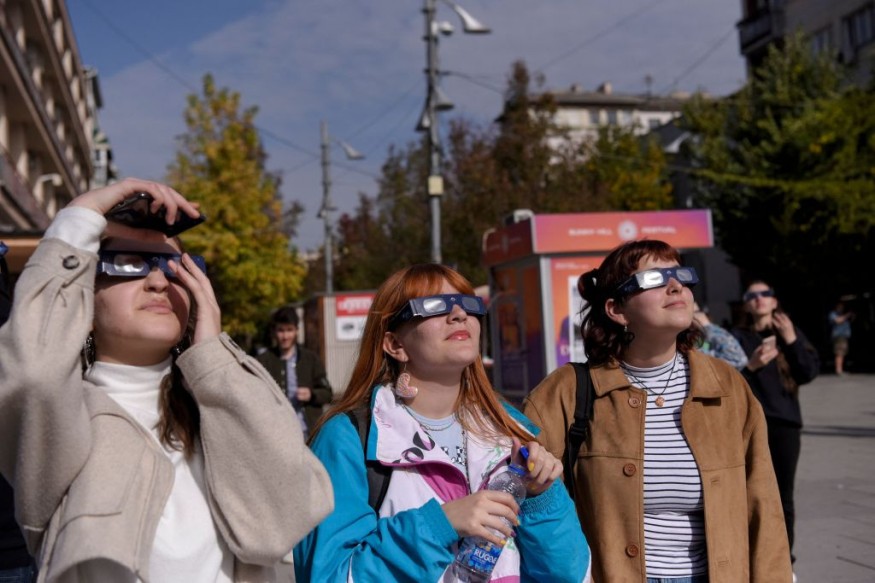
Experts are tirelessly reminding the public of proper viewing techniques and crucial reminders as the Ring of Fire, an annular solar eclipse, that will occur in 2023, approaches.
2023 Annular Solar Eclipse: 'Ring of Fire'
Astronomers and stargazers are eagerly awaiting the upcoming daytime annular solar eclipse on Saturday. This type of eclipse occurs when the moon is either near or far from Earth in its orbit. When the more distant and smaller-looking moon crosses in front of the sun, it creates the mesmerizing "ring of fire" effect. According to NASA, viewers in the contiguous US and parts of Alaska will have the opportunity to witness this Saturday's solar eclipse.
Way to View #1: Use Eclipse Glasses
One way to observe the eclipse safely is with "eclipse glasses" that feature specific solar filters. This implies that regardless of how dark the tint is, regular sunglasses will not work. Safe solar viewers should adhere to the ISO 12312-2 international standard and be thousands of times darker. NASA is not vouching for any specific brand of solar viewers or eclipse glasses.
Way to View #2: Use a Pinhole Projector
To witness the eclipse without directly staring into it, an alternative viewing tool like a pinhole projector works well. Two pieces of white cardboard, aluminum foil, tape, a pin, a paperclip, or a pencil can all be used to create a pinhole projector or camera at home.
Way to View #3: Use a Filtered Camera
Using an unfiltered camera, binoculars, or telescope to see the sun or an eclipse is equally dangerous. For mementos, it is possible to take pictures of the solar eclipse but make sure the viewer has a solar filter so the camera won't be harmed.
Important Reminder #1: Skin Care
Anyone spending several hours under the sun to witness the annular solar eclipse is advised by NASA to wear protective clothing, a hat, and sunscreen for proper skincare.
Read also: Annular Solar Eclipse 2023: 5 Weird Facts About the Rare 'Ring of Fire' Eclipse Coming This Week
Important Reminder #2: Time and Location
Most locations will see a partial eclipse, with the moon covering part of the sun. The annular eclipse will be visible in parts of Oregon, California, Nevada, Utah, Arizona, Colorado, New Mexico, and Texas. In the US, it starts in Oregon at 9:13 AM PDT and ends in Texas at 12:03 PM CDT. Some cities in the US path include Eugene, Oregon (9:16 AM), Albuquerque, NM (10:34 AM), and San Antonio, Texas (11:52 AM). It will also be visible in parts of Central and South America.
Important Reminder #3: The Next One
Missing out on this Saturday's eclipse won't be too regrettable, as another major eclipse is approaching in under six months. On April 8, 2024, a total solar eclipse will occur, completely obscuring the sun. The path of totality will span from Maine to Texas. The subsequent total solar eclipse visible in the contiguous US won't happen until August 23, 2044.
© 2025 NatureWorldNews.com All rights reserved. Do not reproduce without permission.





